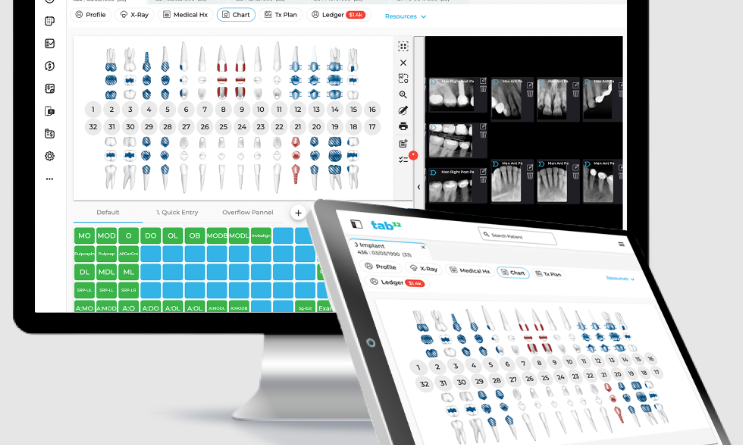Building Trust through Transparency: How Dental Software Enhances Communication and Trust Between Dentists and Patients
In the ever-changing world of healthcare, it has become important to include technology at every point. It helps improve patient care and enhances communication between professionals and patients. It is important to have this software in the field of dentistry because it plays an important role in streamlining the process and building trust between dentists and patients.
1. Efficient Appointment Scheduling
One main way to enhance communication in dental software is through appointment scheduling. The traditional method usually involves phone calls and paper systems, which can be time-consuming. There are a lot of errors involved in this method. The software allows patients to view time slots, receive reminders, and schedule appointments, improving overall communication.
Moreover, dentists can update their availability in real time, providing patients with accurate information about the appointment schedule. This transparency in scheduling builds trust by demonstrating a commitment to efficiency and convenience.
2. Treatment Planning and Education
Dental software facilitates clear communication about treatment plans and procedures. With the aid of digital tools, dentists can visually showcase diagnostic images, X-rays, and treatment options to patients. This visual representation helps patients better understand their oral health conditions and the recommended treatments.
By installing dental software into the consultation process, dentists can help patients understand the potential outcomes, treatment options, and associated costs. It helps in developing trust and making the patients feel more informed.
3. Real-Time Communication and Updates
Communication between dentists and patients significantly improves through real-time updates and messaging features dental software offers. Patients can receive automated reminders for upcoming appointments, important announcements, and post-treatment care instructions. Dentists, in turn, can promptly communicate changes in treatment plans or any unexpected developments.
The real-time conversations help with patient engagement and keep them well-informed about their medical journey. Dentists can provide transparency by giving patients all the information and the best dental care.
4. Secure Access to Personal Health Information
Privacy and security are very important in healthcare, and dental software builds trust by ensuring the confidentiality of patient’s health information. Patients can access their dental records, treatment history, and billing information through secure online portals. This transparency in data access empowers patients to take an ongoing role in managing their oral health.
The dental software follows a strict standard policy when it comes to security. It tends to safeguard all the sensitive information and builds a strong connection with the patients, further improving the dental care system.
5. Streamlined Billing and Insurance Processes
Transparent and efficient billing processes are crucial for maintaining trust between dentists and patients. Dental software simplifies billing by automating invoicing, processing insurance claims, and providing clear breakdowns of treatment costs. Patients can easily understand the financial aspects of their dental care, including insurance coverage and out-of-pocket expenses.
Dental software like Tab32 contributes to giving a positive patient experience because it eliminates confusion and enhances transparency in financial transactions.
Conclusion
Integrating dental software has become a cornerstone for enhancing communication and trust between dentists and patients in the ever-evolving healthcare circle. From efficient appointment scheduling to real-time updates, treatment planning, and secure access to personal health information, dental software plays a pivotal role in fostering transparency.
By embracing technology, dentists demonstrate their commitment to providing patient-centered care, empowering individuals to participate actively in their oral health journey. Ultimately, implementing dental software streamlines processes and contributes to building a foundation of trust essential for a successful dentist-patient relationship in the digital age.
